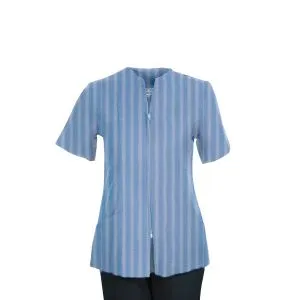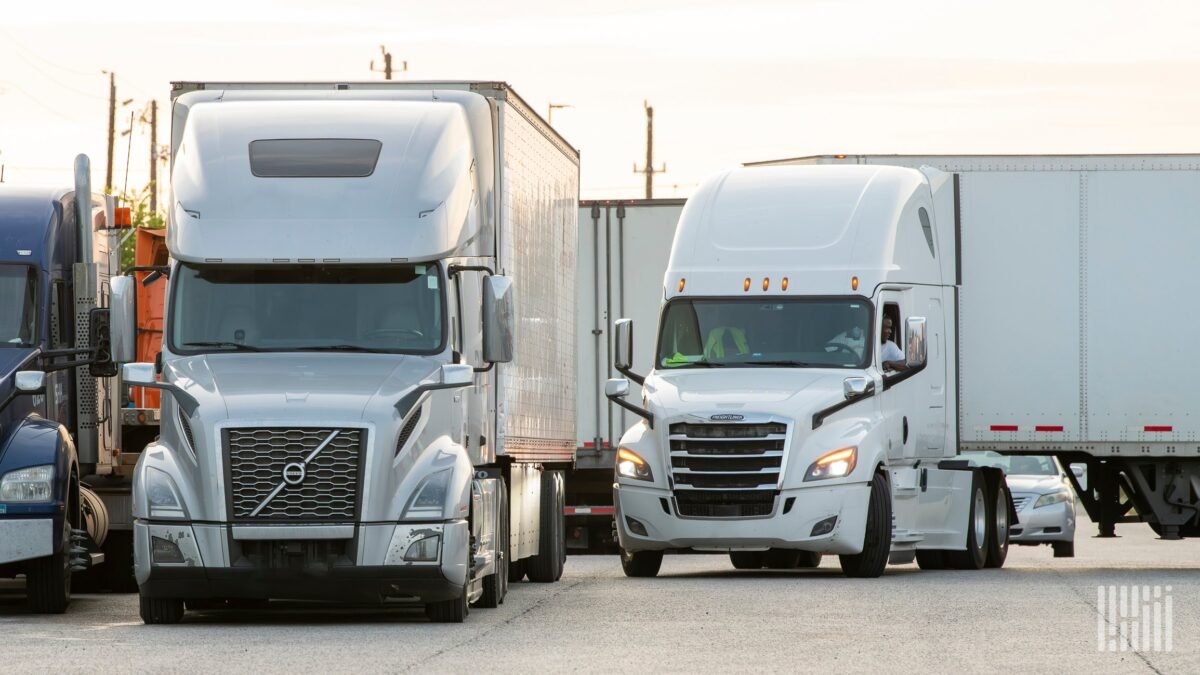Iron is one of the most significant metals in the history of human civilization. Its use dates back thousands of years, and even in today’s modern, technology-driven world, iron continues to play a crucial role in construction, manufacturing, transportation, and daily life. The word “iron” may sound simple, but it refers to a broad category of materials with different properties, structures, and applications. Understanding how many types of iron exist and what distinguishes them is essential for professionals in engineering, construction, and metallurgy—and even for the curious layperson.
This article delves into the various types of iron, explores their compositions, properties, and uses, and highlights the importance of each form in industrial and domestic applications.
The Basis of Iron Classification
Iron can be broadly categorized based on its carbon content, production process, and microstructure. The presence of carbon and other alloying elements drastically changes the behavior of iron. In general, iron-based materials can be split into two primary categories:
- Wrought Iron
- Cast Iron
From these categories, we derive further subdivisions that lead to more specific types of iron, including gray iron, white iron, ductile iron, and more. Let’s break down these classifications and examine their unique features.
1. Wrought Iron
Wrought iron is one of the purest forms of commercial iron, containing less than 0.08% carbon. It is tough, malleable, and resistant to corrosion, making it suitable for decorative ironwork and structural uses in the past.
Characteristics:
- Very low carbon content
- Fibrous appearance due to slag inclusions
- Easily weldable
- High resistance to rust and corrosion
Uses:
- Historical buildings (gates, railings, and fences)
- Decorative items
- Blacksmithing
- Antique restoration
Wrought iron is rarely used in industrial settings today due to the rise of mild steel, which is easier and cheaper to produce.
2. Cast Iron
Cast iron is produced by melting iron and pouring it into molds. It contains a higher carbon content (2%–4%) compared to wrought iron. This makes it hard but brittle. Cast iron is widely used in engineering and construction due to its excellent compressive strength and castability.
Cast iron itself can be divided into several subtypes, based on the microstructure formed during solidification.
2.1 Gray Cast Iron
Gray iron is the most common type of cast iron. It is named after the gray color of its fracture surface, which results from the presence of graphite flakes.
Characteristics:
- Contains graphite in flake form
- Excellent machinability
- Good vibration damping
- Poor tensile strength
Applications:
- Engine blocks
- Machine bases
- Pipes and manhole covers
- Cookware (like cast iron pans)
2.2 White Cast Iron
White iron has a very hard and brittle structure due to the formation of cementite (iron carbide) instead of graphite. It has a white crystalline fracture surface.
Characteristics:
- Very hard and wear-resistant
- Brittle (lacks ductility)
- High compressive strength
Applications:
- Wear-resistant surfaces (liners, crushers)
- Ball mills
- Rollers and mining equipment
2.3 Malleable Cast Iron
Malleable iron is white cast iron that has undergone heat treatment to improve ductility and toughness. This process transforms cementite into graphite in a nodular or irregular form.
Characteristics:
- Tough and flexible
- Good impact resistance
- Can be bent or shaped slightly
Applications:
- Automotive parts
- Pipe fittings
- Hand tools
- Agricultural equipment
2.4 Ductile Cast Iron (Nodular Iron or Spheroidal Graphite Iron)
Ductile iron is created by adding small amounts of magnesium to molten iron, which causes the graphite to form in spherical shapes rather than flakes.
Characteristics:
- High tensile strength
- Good ductility and toughness
- Shock resistance
- Better fatigue strength than gray iron
Applications:
- Gearboxes
- Heavy machinery components
- Hydraulic components
- Automotive parts (suspension arms, crankshafts)
2.5 Compacted Graphite Iron (CGI)
CGI is an intermediate form between gray and ductile iron. It contains graphite in worm-like shapes.
Characteristics:
- Higher strength than gray iron
- Better thermal conductivity than ductile iron
- Balanced machinability and durability
Applications:
- Engine blocks (especially diesel)
- Exhaust manifolds
- Turbocharger housings
3. Pig Iron
Pig iron is the intermediate product of smelting iron ore with a high-carbon fuel such as coke. It is the raw iron tapped from a blast furnace and contains a very high carbon content (3.5%–4.5%) along with other impurities like silicon, manganese, sulfur, and phosphorus.
Characteristics:
- Very brittle
- Hard
- Not useful directly for most industrial applications
Uses:
- Further processing into cast iron, wrought iron, or steel
- Basic raw material in steelmaking
Pig iron is not a finished product but serves as a foundational material for more refined forms of iron and steel.
4. Steel (Technically an Iron Alloy)
Although steel is not classified purely as “iron,” it is an iron alloy with less than 2% carbon and small amounts of other elements. Since it is derived from iron and often compared with it, it’s essential to mention steel when discussing iron types.
Steel is categorized into various types:
- Carbon steel
- Alloy steel
- Stainless steel
- Tool steel
Each type has specific applications, ranging from buildings and bridges to cutlery, medical instruments, and industrial tools.
Iron Alloys and Specialized Forms
Apart from traditional categories, iron can also be alloyed with other metals to improve specific properties like heat resistance, corrosion resistance, or strength.
Some notable iron alloys include:
1. Ferrosilicon
- Iron-silicon alloy used in steelmaking as a deoxidizer
- Enhances magnetic properties
2. Ferromanganese
- Iron-manganese alloy used in steel manufacturing
- Improves toughness and hardness
3. Ferritic Iron
- A type of stainless steel with high chromium content
- Used in automotive exhaust systems and appliances
These specialized alloys extend the versatility and applicability of iron in advanced industrial contexts.
Environmental Impact and Recycling
Iron and its alloys are among the most recycled materials in the world. Scrap iron is often melted down and reused in foundries, reducing the need for raw ore mining. Wrought iron, cast iron, and steel can all be recycled without loss of quality.
However, the environmental cost of iron production—particularly from blast furnaces—remains a concern due to high energy usage and carbon emissions. Research into cleaner iron production methods, such as hydrogen-based smelting, continues to grow.
Conclusion
The question “how many types of iron are there?” does not have a simple numerical answer because iron exists in many forms based on composition, structure, and use. From the fibrous, corrosion-resistant wrought iron to the high-strength ductile cast iron, each type serves a unique purpose in our modern world. With continuing innovation in metallurgy, the boundaries between traditional classifications are also evolving.
Understanding these types is vital for professionals in engineering, construction, and design, as the choice of iron directly affects durability, functionality, and cost. Iron’s adaptability, abundance, and recyclability ensure that it remains one of the most essential and versatile materials available to humanity.












Leave a Reply